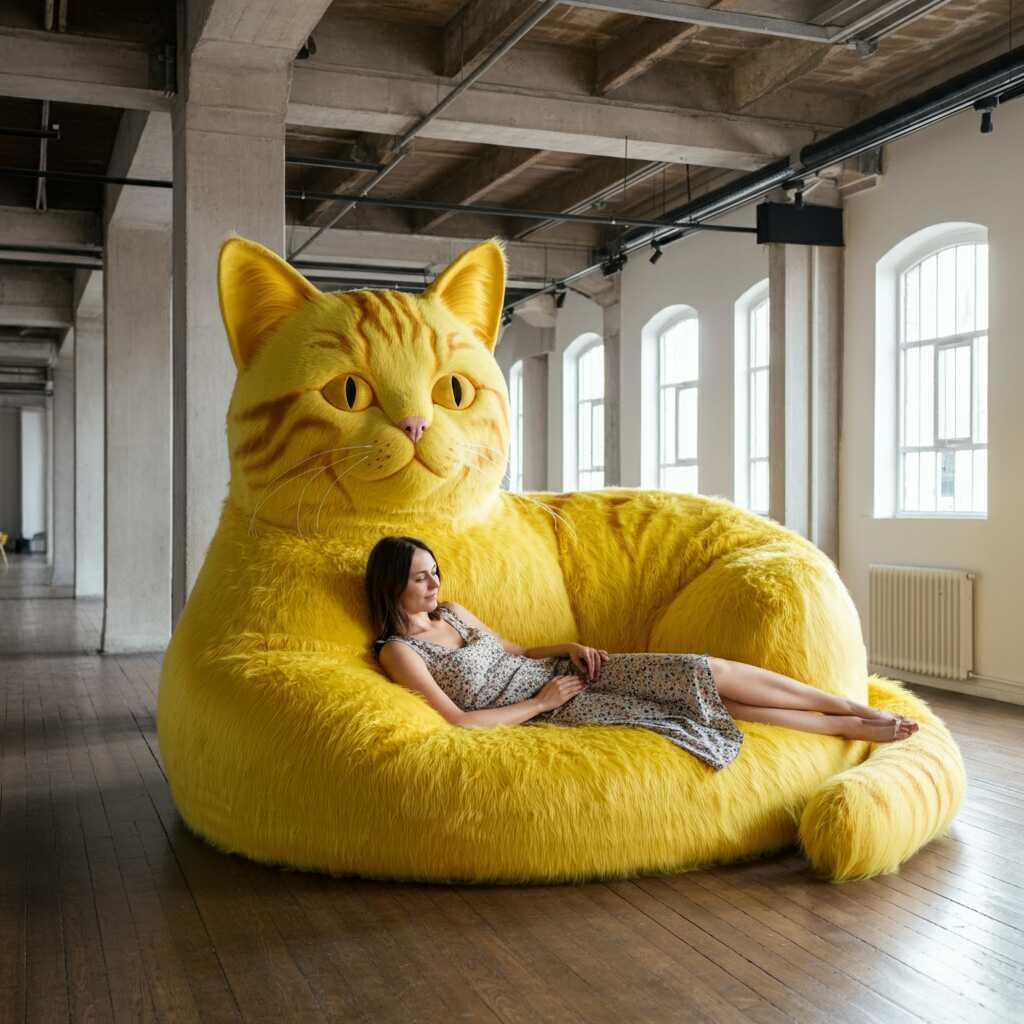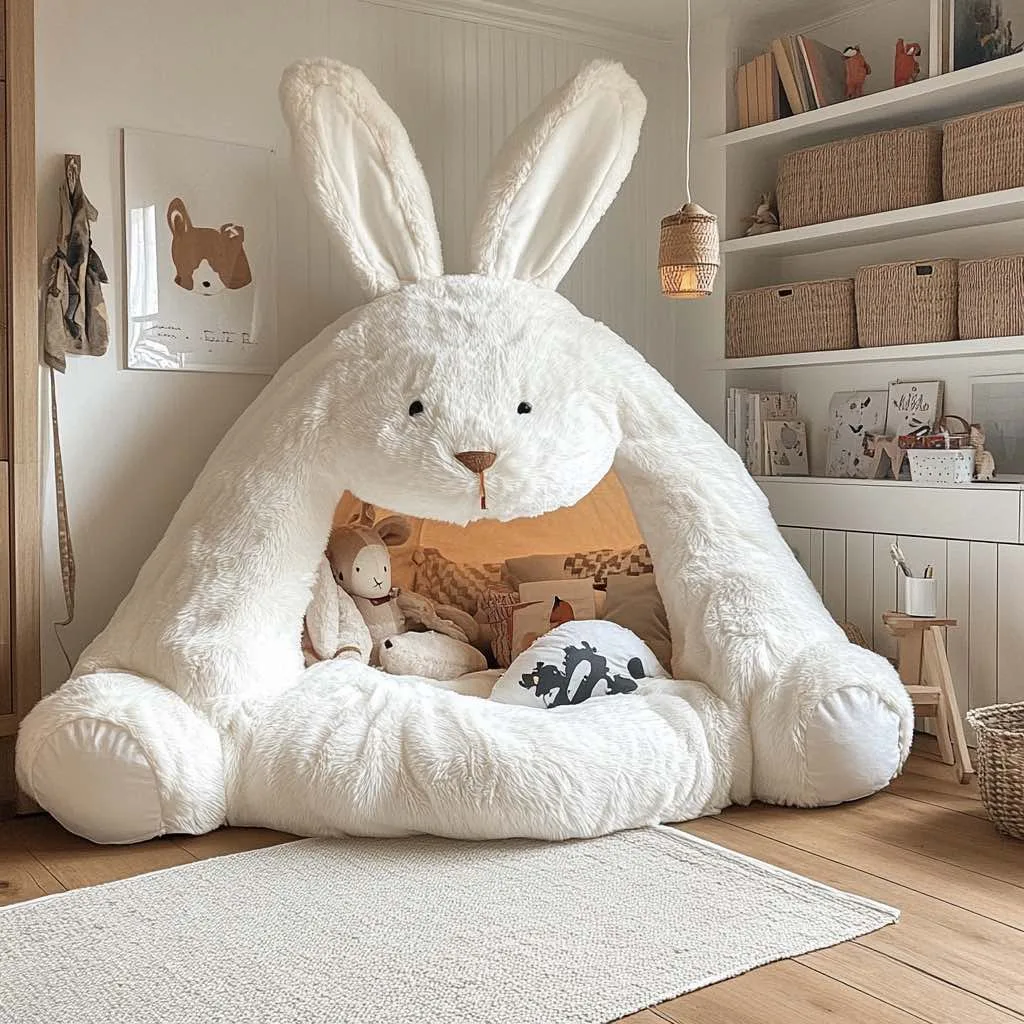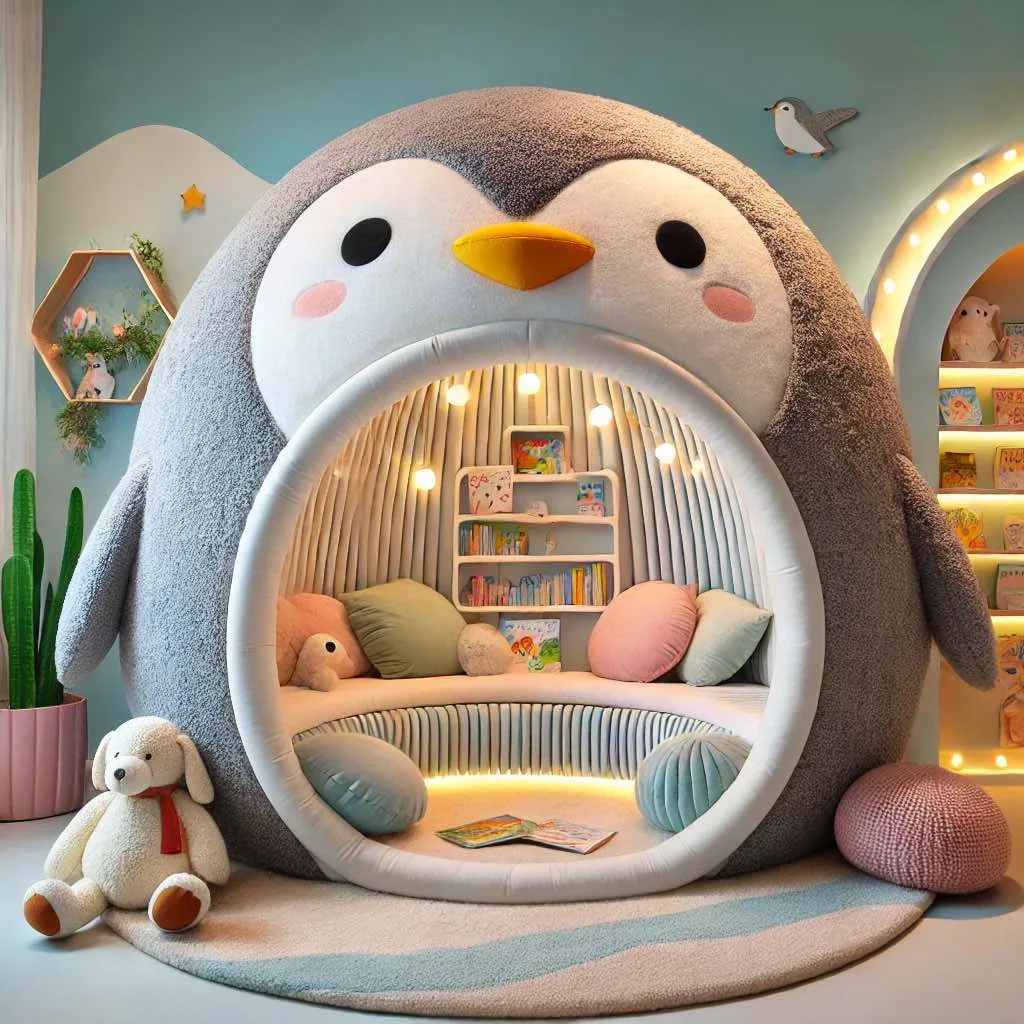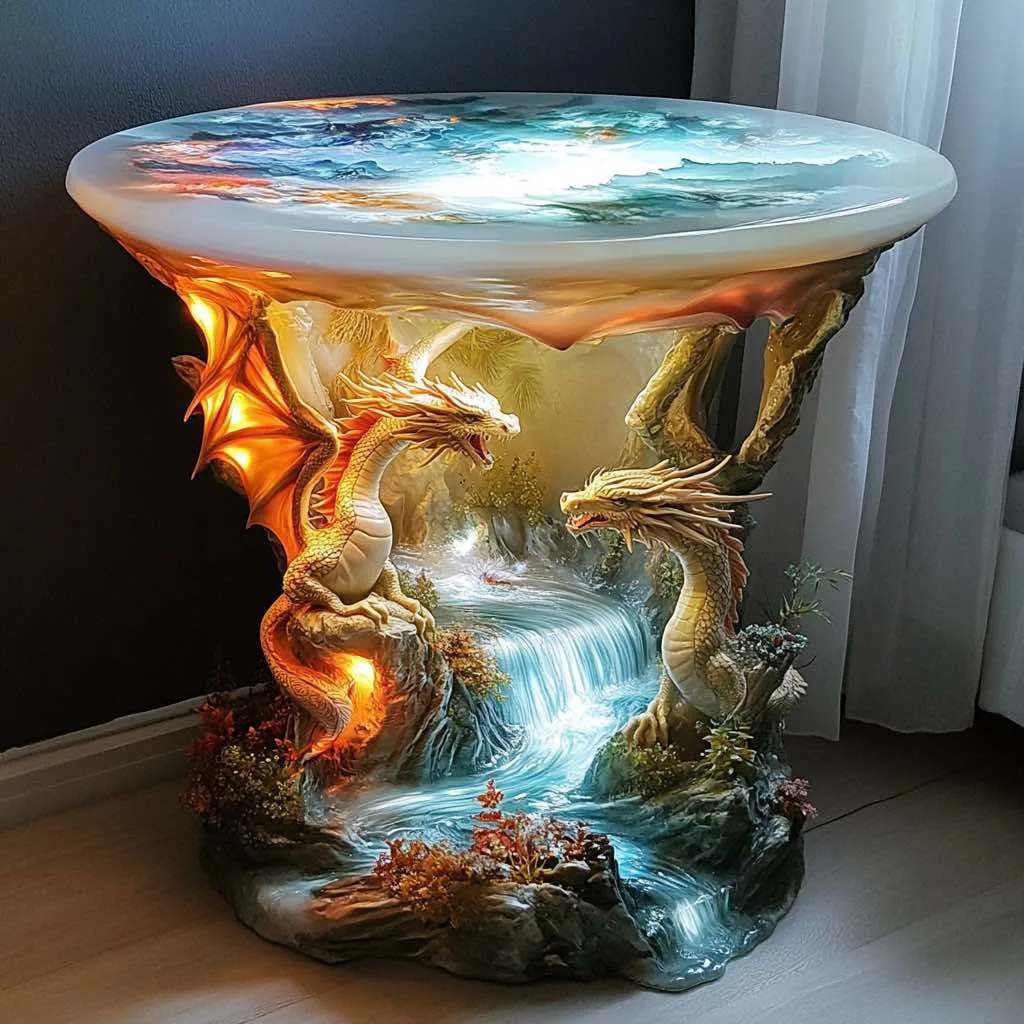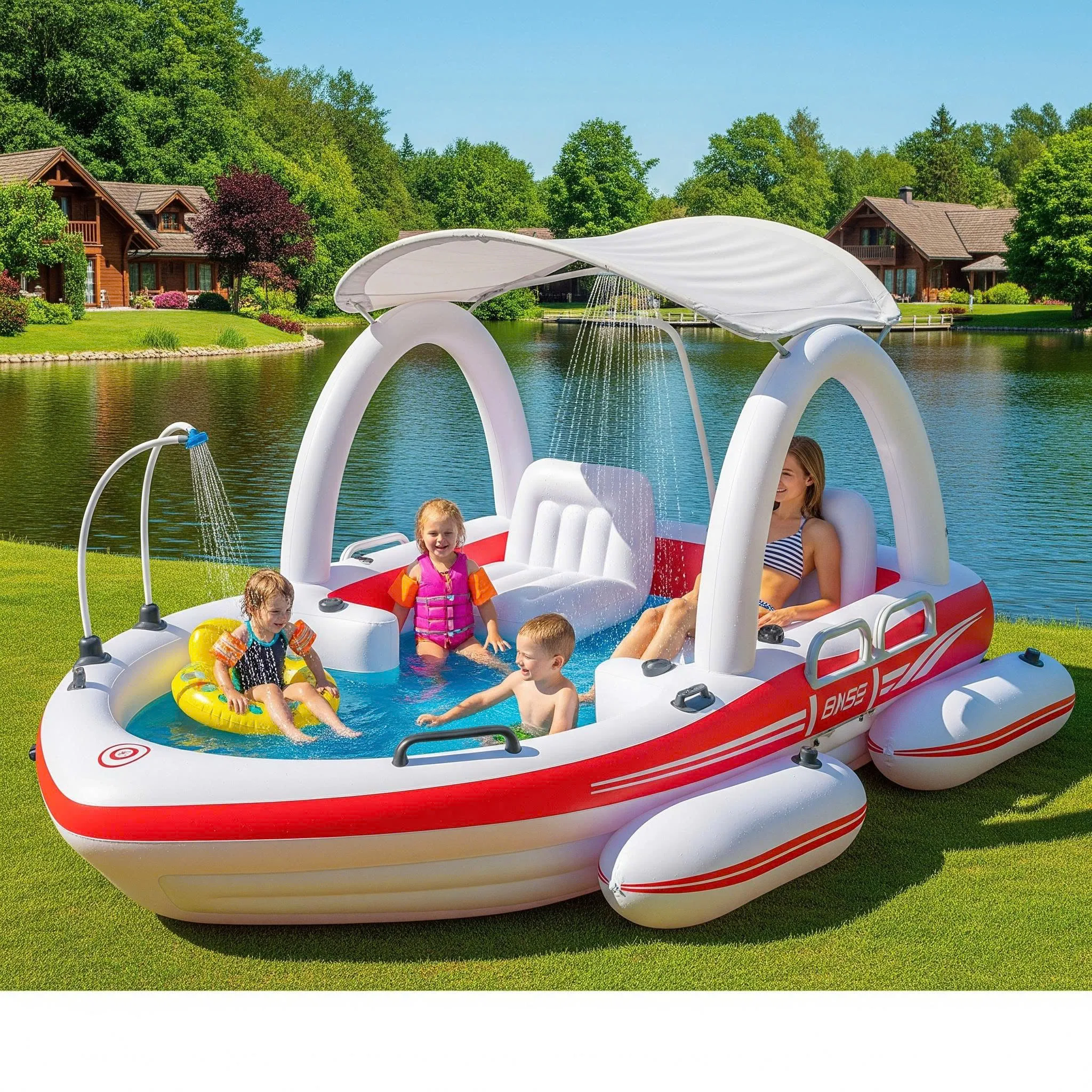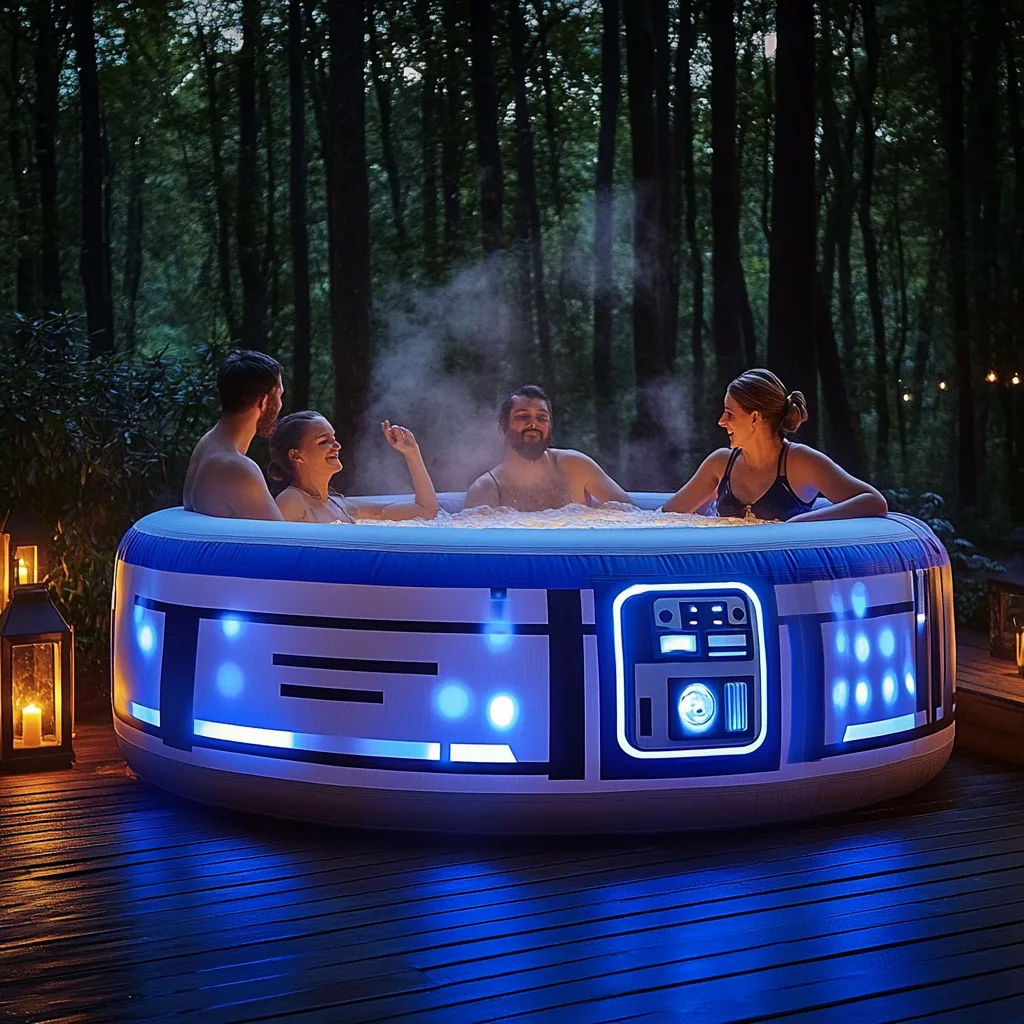As a cat owner, you know that your feline friends have unique needs and preferences when it comes to relaxation and play. One of the best ways to ensure their comfort is to invest in a Cat Lounger. These specialized loungers not only provide a cozy resting place but also promote healthy habits for your furry companions. In this article, we will delve into everything you need to know about cat loungers, including who they are for, how to choose one, their pros and cons, alternatives, a step-by-step guide on setting them up, and some valuable tips to maximize their use.

Who Needs a Cat Lounger?
Understanding why Cat Loungers are essential for your pet begins by looking at their natural instincts and behaviors.
Cats’ Natural Instincts
Cats are known for their love of napping, often sleeping between 12-16 hours a day. They seek out comfortable spots that allow them to feel safe and secure while they rest. A cat lounger provides the perfect nest for them, mimicking their instinctual preference for hiding or curling up in small spaces.
This breed-specific behavior means that investing in a quality lounger can significantly enhance your cat’s life, allowing them to indulge in their natural sleeping patterns without interruption.
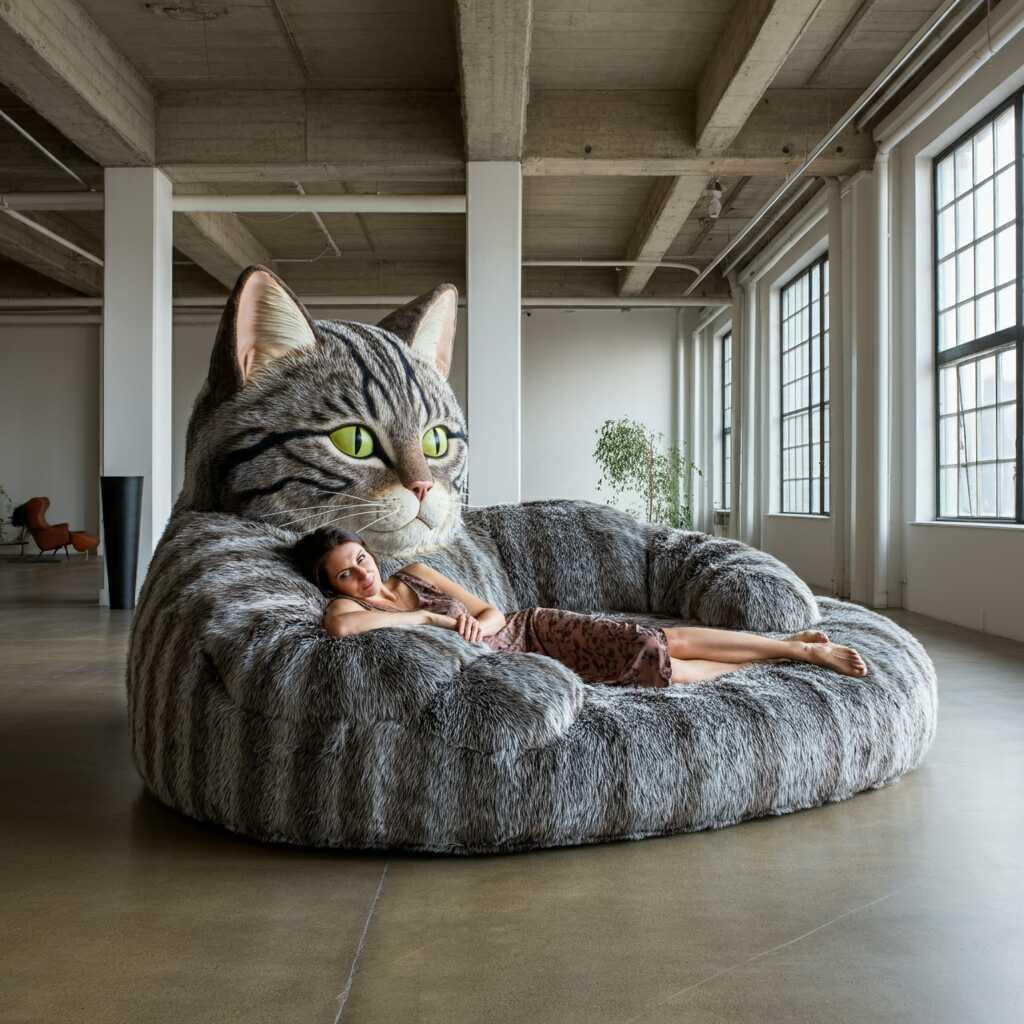
Health Benefits of Cat Loungers
Beyond comfort, a cat lounger can contribute positively to your cat’s health. Many loungers come with orthopedic support, which is particularly beneficial for older cats or those with joint issues. This support can reduce the risk of developing health problems related to poor posture or lack of sufficient rest.
Moreover, lounging helps cats maintain their body temperature. A well-designed cat lounger can create a warm environment that encourages better blood circulation and muscle recovery, ultimately contributing to their overall well-being.
Social Engagement
A cat lounger can also serve as a personal retreat for your feline friend. Cats are territorial creatures and having their own space allows them to feel more secure. With a dedicated lounging area, they can choose when to engage socially with humans or other pets versus taking time alone for themselves.
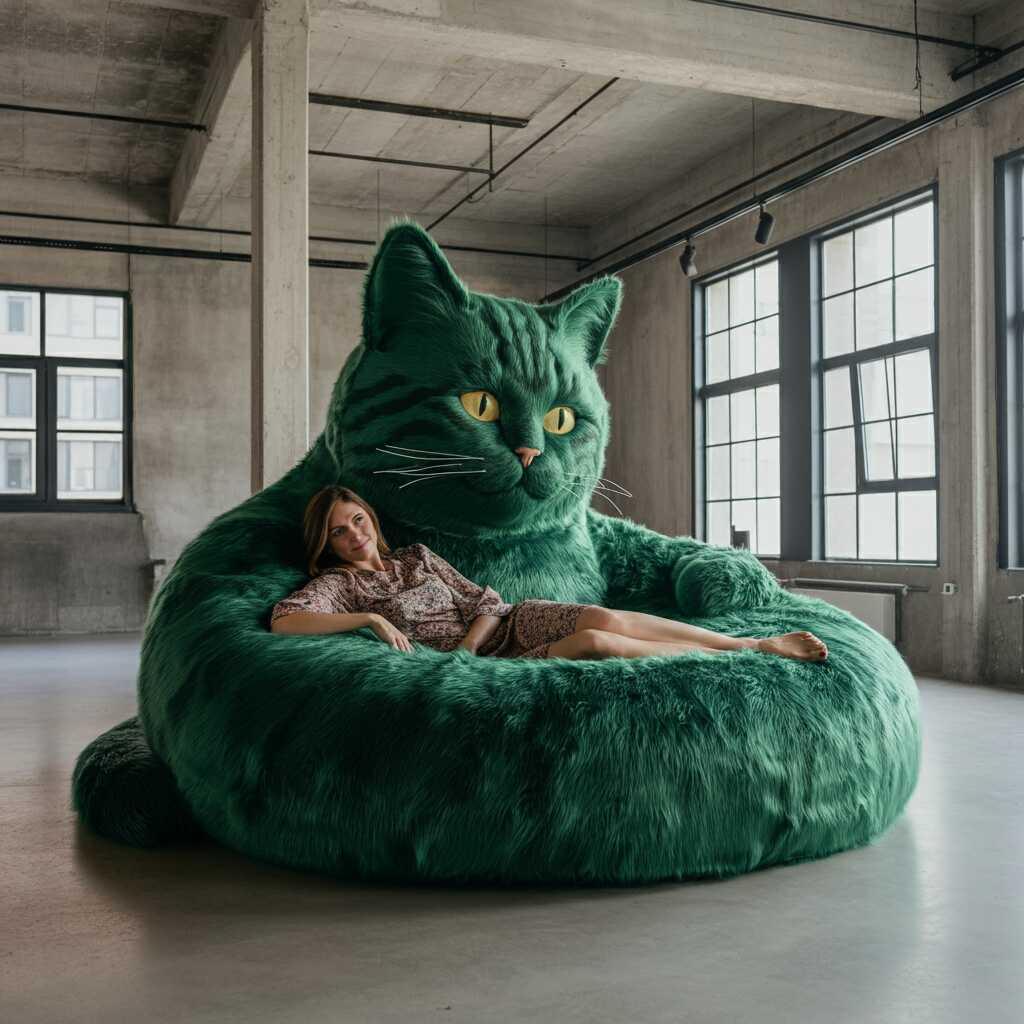
How to Choose the Right Cat Lounger
Choosing the ideal Cat Lounger for your pet involves several considerations. It’s not just about aesthetics; it’s essential to focus on functionality, material, and style.
Types of Cat Loungers
There are various types of cat loungers available in the market, ranging from simple mats to complex multi-level structures. Each type serves specific needs:
- Flat Mats: Basic, easy to clean, and portable. Ideal for cats who like to sprawl out.
- Hammocks: Provide a suspended, cozy feel that many cats adore. These can be hung from furniture or designed as free-standing units.
- Caves or Tunnels: For cats that prefer to snuggle into small spaces. This type mimics the feeling of a safe den.
- Luxury Loungers: Often come with additional features like heating elements or built-in toys, making them a multi-functional choice.
When selecting a type, consider your cat’s personality and preferences. If they enjoy high vantage points, a hammock may be suitable. If they’re shy, a cave might be more appealing.
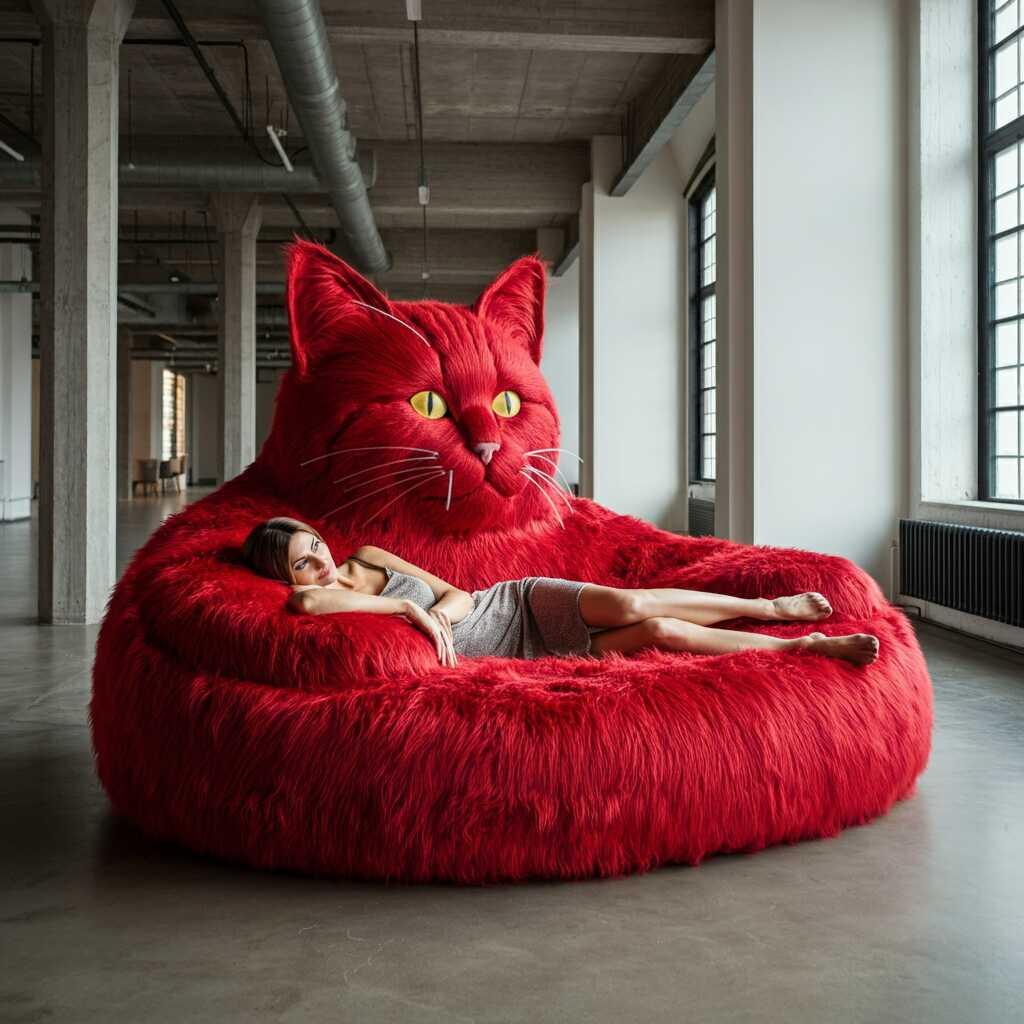
Material Considerations
The materials used in the construction of a cat lounger also matter greatly. Common options include:
- Fleece or Plush Fabric: Soft and warm, great for cuddling. However, it might require more frequent cleaning.
- Sisal or Natural Fiber: Durable and excellent for scratching, but may not offer as much comfort if not blended with softer materials.
- Wood or Bamboo: Provides sturdiness and longevity. Look for options with rounded edges to ensure safety.
Ensure whatever materials you choose are non-toxic, especially if your cat likes to chew on their furnishings.
Size and Space
Consider the size of your cat and the amount of space you have available at home. While a larger lounger may accommodate multiple cats, it could overwhelm smaller living spaces.
Additionally, leaving enough room for movement and play around the lounger is essential, as cats are naturally curious creatures that thrive on exploration.
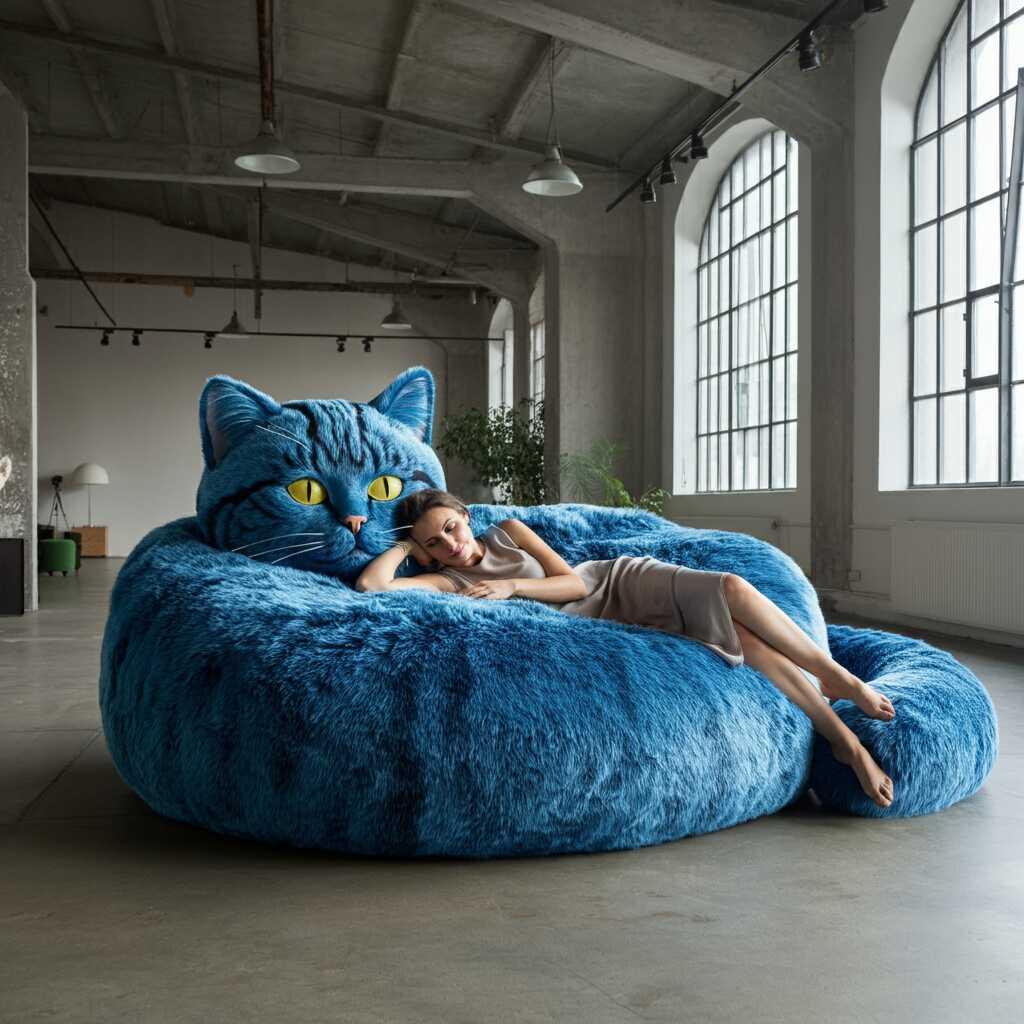
Pros and Cons of Using Cat Loungers
Every product has its advantages and disadvantages, and a Cat Lounger is no exception. Below we discuss the benefits and drawbacks to help you determine if such an investment is suitable for your feline companion.
Advantages
One of the most significant advantages of a cat lounger is the comfort it provides. Cats are known for their picky nature regarding where they choose to sleep, and a dedicated lounger encourages them to relax in a designated spot rather than seeking out random places throughout your home.
Another significant benefit is the role loungers can play in promoting exercise. Many designs encourage climbing, jumping, and stretching, which are essential for keeping your cat physically fit.
Additionally, a cat lounger can serve as a sanctuary for shy or anxious cats. Knowing they have a safe space can reduce stress levels, creating a more harmonious environment in your household.
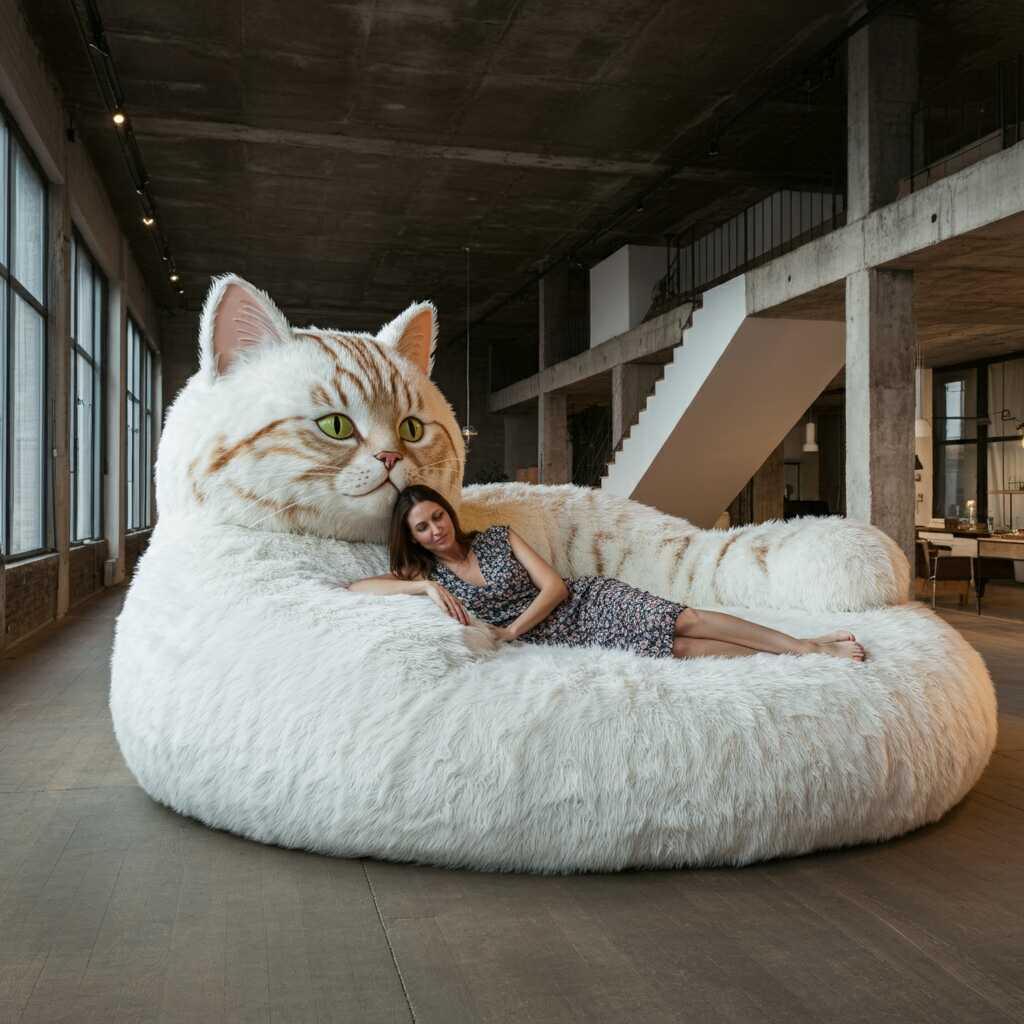
Disadvantages
However, there are a few downsides to consider. Some cats may take time to adjust to a new lounger, preferring their original resting spots. This reluctance can feel frustrating for owners, as it may seem like the investment was unnecessary.
Furthermore, some loungers can be costly. Depending on the design and materials, prices may vary widely. It’s crucial to balance quality with budget constraints.
Additionally, certain styles may not be suitable for all cats. For instance, if you have a particularly large or heavy cat, opting for a fragile lounger may lead to disappointment as it could easily break or become damaged.
Alternatives to Cat Loungers
If you find that a traditional Cat Lounger isn’t quite what you’re looking for, there are various alternatives to consider.
DIY Solutions
Crafting your own cat lounger can be a rewarding project. Many people repurpose old furniture or fabric to create unique lounge areas tailored explicitly for their cats.
For example, turning an old dresser drawer into a cozy bed can give your cat both comfort and an aesthetically pleasing addition to your home decor. You can personalize these creations with cushions, blankets, and toys, ensuring that your cat feels loved and acknowledged.
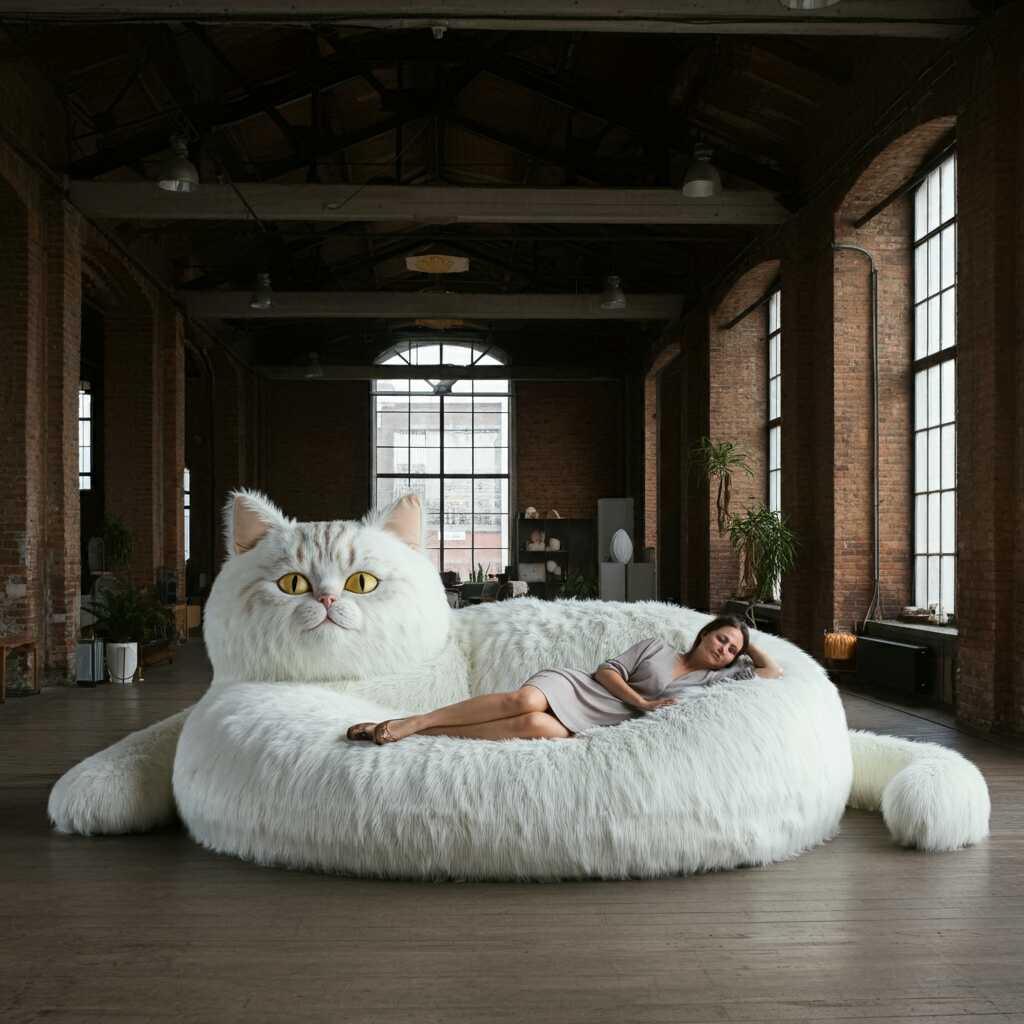
Cat Trees
Cat trees are another popular alternative to loungers. They provide similar comfort but also incorporate elements for climbing and playing. Most cat trees come equipped with multiple platforms, scratching posts, and sometimes even toys.
Investing in a cat tree can cater to both lounging and playful instincts, providing a multifunctional solution for your pet’s needs.
Cardboard Boxes
Surprisingly, many cats find joy in simple cardboard boxes. They appreciate the confined space and often enjoy scratching or chewing on them. Providing a few scattered boxes can serve as a low-cost alternative to purchasing a fancy lounger.
While less sophisticated, these boxes can evoke happiness and creativity in your cat, proving that sometimes simplicity reigns supreme.
Step-by-Step Guide to Setting Up a Cat Lounger
Once you’ve decided on a suitable Cat Lounger, setting it up properly is key to ensuring your feline enjoys it. Here’s a step-by-step guide to make the process seamless.
Choose the Right Location
Begin by selecting a location that suits your cat’s personality.
If they are more reclusive, placing the lounger in a quiet corner away from foot traffic may be best. On the other hand, if they enjoy being part of family activities, a spot near a window where they can watch outside may be preferable.
Prepare the Area
Clear the chosen area of any obstacles or hazards. Ensure the surface is flat and free from sharp objects. If possible, add a blanket or cushion to the base of the lounger for added comfort.
Introduce the Lounger Gradually
Cats can be wary of new items, so gradual introduction is essential. Encourage curiosity by placing treats or toys on or near the lounger. This tactic may entice them to explore and eventually settle in.
You may also wish to sit close by during this stage, providing reassurance and support as they investigate their new space.
Monitor and Adjust
After setting up the lounger, observe your cat’s behavior. If they seem reluctant, you can try rearranging the space or adding familiar scents, such as a piece of their favorite blanket.
Patience is key! Some cats take longer than others to adapt to changes in their environment.
Tips for Maximizing Your Cat Lounger Experience
To fully benefit from your Cat Lounger, here are some tips to get the most out of this investment.
Regular Cleaning
Regular maintenance is vital to keep the lounger hygienic. Cats love clean spaces, and a filthy lounger may deter them from using it.
Vacuuming or washing removable covers according to the manufacturer’s instructions can help prolong the life of the lounger while providing a fresh atmosphere for your pet.
Create a Cozy Environment
Enhancing the lounger’s appeal can encourage usage. Adding features like soft blankets, cushy toys, or even a small pillow can create a cozy haven.
Consider the seasons as well; during colder months, placing a heated pad or extra insulating layer can provide extra warmth and comfort.
Encourage Playtime
Pairing lounging with interactive play sessions can be incredibly beneficial. After a good session of play, your cat may find the lounger a perfect spot to wind down.
Invest in feather wands, laser pointers, or small balls to encourage exercise before they retire to their newfound resting place.
Monitor Wear and Tear
Over time, even the best cat loungers may show signs of wear. Regularly check for fraying fabric, loose seams, or any broken parts.
Addressing these concerns promptly can prevent further damage while ensuring your cat remains safe when using the lounger.
FAQs
What is a cat lounger?
A cat lounger is a specialized piece of furniture designed specifically for cats to relax, sleep, and play.
Are cat loungers suitable for all cats?
Most cat loungers are designed to accommodate various sizes and breeds. However, it’s essential to consider your cat’s individual preferences and physical characteristics when choosing a lounger.
How do I clean my cat lounger?
Cleaning methods depend on the materials used. Many loungers have removable covers that can be machine washed, while others may require spot cleaning with mild soap and water.
Can I use a cat lounger outdoors?
Some cat loungers are made for outdoor use. However, it’s crucial to check if the materials are weather-resistant and to supervise your cat while they’re outside.
Will my cat really use the lounger?
While many cats love lounging, some may take time to adjust to a new piece of furniture. Be patient, encouraging them with treats and toys to develop a positive association with their new lounging area.
Conclusion
Investing in a Cat Lounger can significantly improve your feline friend’s quality of life. By understanding their natural instincts and preferences, choosing the right type and material, weighing the pros and cons, exploring alternatives, and effectively setting up the lounger, you create a dedicated haven for your beloved companion. Remember, it’s not just about comfort—it’s about companionship and enhancing your cat’s overall happiness. Whether they snuggle, scratch, or simply relax, your feline is sure to appreciate the thoughtfulness behind this cozy investment.

